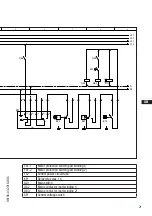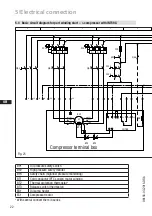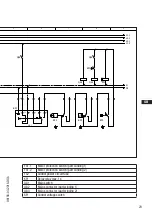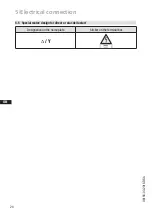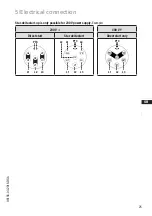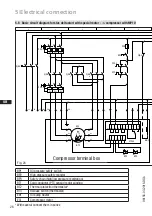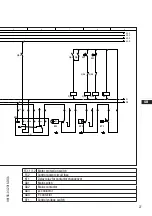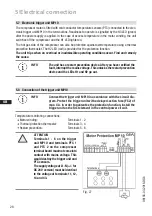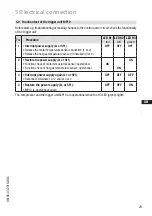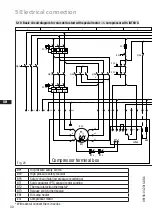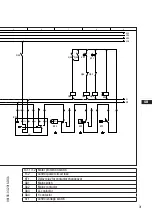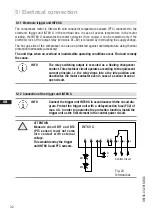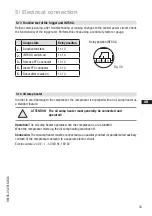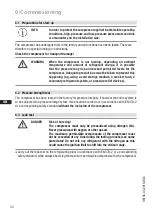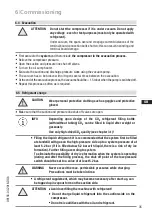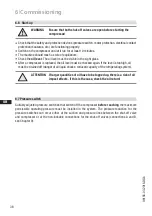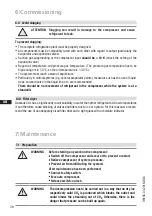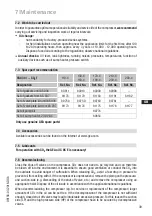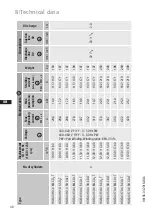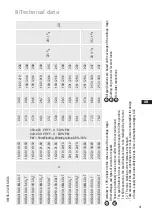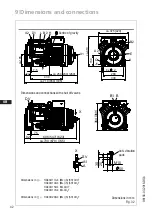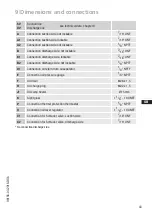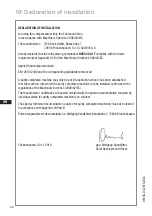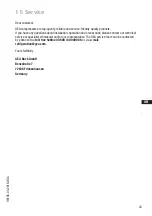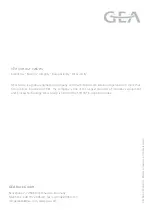
D
GB
F
E
35
96156-03.2016-DGb
6.4 Evacuation
First evacuate the
system
and then include
the compressor in the evacuation process.
Relieve the compressor pressure.
Open the suction and pressure line shut-off valves.
Turn on the oil sump heater.
Evacuate the suction and discharge pressure sides using the vacuum pump.
The vacuum has to be broken with nitrogen several times between the evacuation.
At the end of the evacuation process, the vacuum should be < 1.5 mbar when the pump is switched off.
Repeat this process as often as is required.
6
|
Commissioning
Make sure that the suction and pressure line shut-off valves are open.
6.5 Refrigerant charge
Filling the liquid refrigerant: It is recommended that the system first be filled
at standstill with gas on the high-pressure side up to a system pressure of at
least 5.2 bar (if it is filled below 5.2 bar with liquid, there is a risk of dry ice
formation). Further filling according to system.
To eliminate the possibility of dry ice formation when the system is operating
(during and after the filling process), the shut-off point of the low-pressure
switch should be set to a value of at least 5.2 bar.
A refrigerant supplement, which may become necessary after start-up, can
be topped up in vapour form on the suction side.
ATTENTION
Do not start the compressor if it is under vacuum. Do not apply
any voltage - even for test purposes (must only be operated with
refrigerant).
Under vacuum, the spark-over and creepage current distances of the
terminal board connection bolts shorten; this can result in winding and
terminal board damage.
ATTENTION
Avoid overfilling the machine with refrigerant
!
Do not charge liquid refrigerant into the suction-side on the
compressor.
Do not mix additives with the oil and refrigerant.
CAUTION
Wear personal protective clothing such as goggles and protective
gloves!
WARNING
Never exceed the max. permissible pressures while charging.
Precautions must be taken in time.
INFO
Depending upon design of the CO
2
refrigerant filling bottle
(with/without tubing) CO
2
can be filled in liquid after weight or
gaseously.
Use only high-dried CO
2
quality
(see chapter 3.1)!

